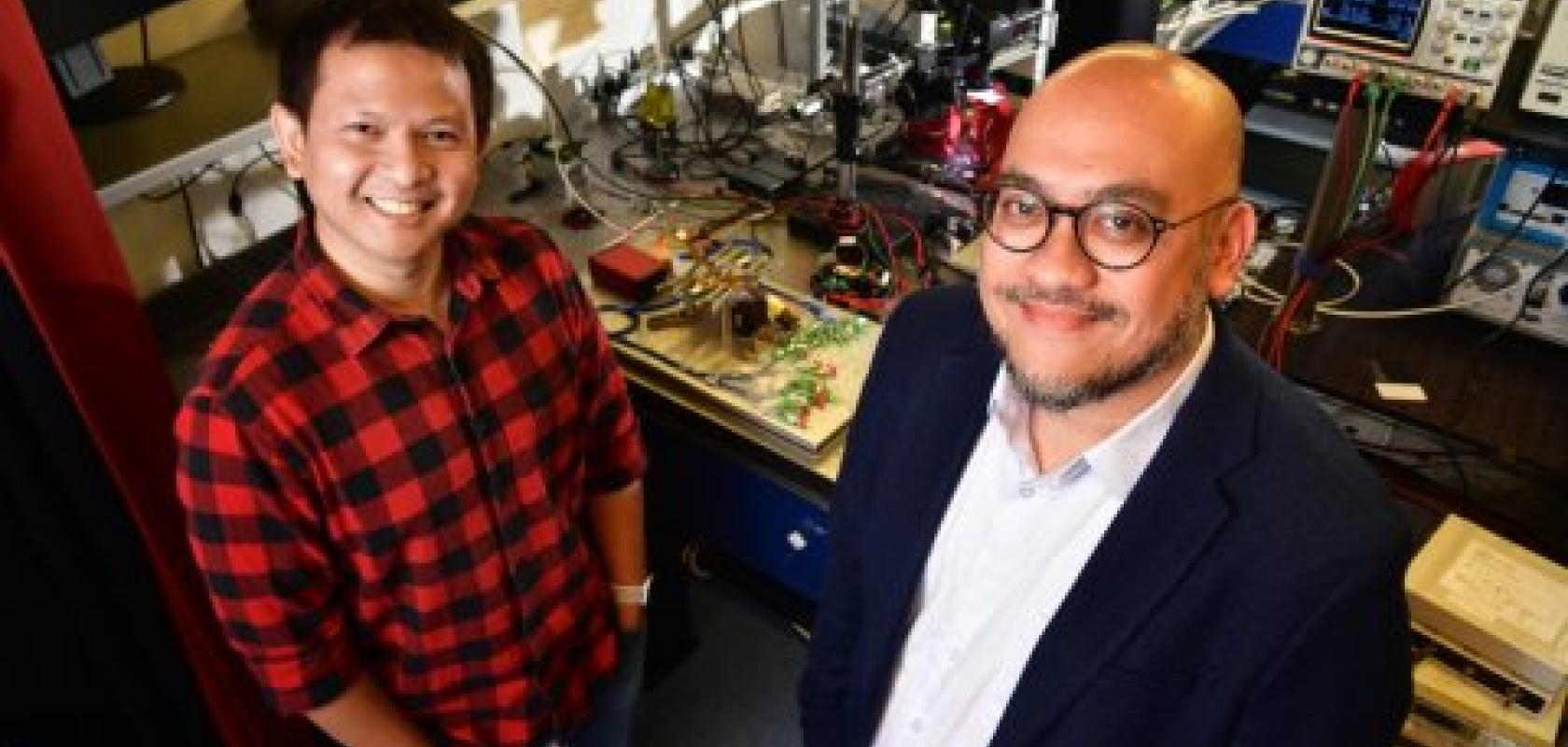Researchers at the University of Twente have developed a programmable integrated microwave photonic filter with exceptional dynamic range.
The filter represents a breakthrough in the integration of functionality and performance in radio frequency photonic signal processors, according to the scientists.
While traditional radio frequency filters only work in a narrow frequency range – with multiple filters being required for broadband operation – the new filter is broadband and offers a wide dynamic range, making it possible to use just one photonic circuit for various frequency ranges.
Such filters could play a key role in modern radio frequency and microwave applications, including cognitive radio, broadband programmable front-ends and multi-band all-spectrum communications.
Prior to the development of the new filter – which has been described in Nature Communications – programmable microwave photonic circuits with such advanced functionality had poor performance, according to the researchers.
“Versatile programming of the chip can easily give in to various disturbances like loss, noise, and distortion of the signal”, explained Professor David Marpaung one of the authors of the paper. The researchers were able to overcome such challenges using programmable resonators and interferometers that reduce the impact of noise and nonlinear distortion while simultaneously providing a large number of filtering functions.
”Solving the noise figure and dynamic range problem is one of the hardest challenges in microwave photonics,” Marpaung said. “This breakthrough proves that integrated microwave photonics can indeed achieve very high performance.”
The researchers used a special tool – a so-called modulation transformer – to adjust the strength and timing of light waves and radio frequency signals. This enables enhancement of the chip noise and dynamic range performance. By combining these elements in a single microwave photonics circuit, the team was able to demonstrate programmable filter functions with a record-low noise figure of 15dB and a radio frequency notch filter with an ultra-high dynamic range of more than 123dB in 1Hz bandwidth. Which is a similar range as the noise levels between complete silence and a rock concert.
“Our work breaks the conventional and fragmented approach of integration, functionality and performance that currently prevents the adoption of these photonic systems in real applications,” said Marpaung. “This will help the adoption of this technology in next-generation communication systems (6G) and satellite communications, for example.”


